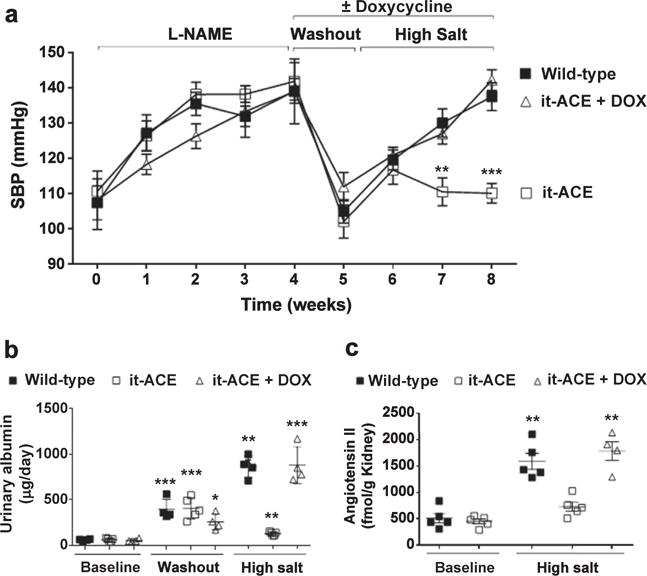Figure 4. The absence of renal tubular angiotensin converting enzyme (ACE) prevents the development of salt-sensitive hypertension.

Wild-type (WT), it-ACE, and it-ACE mice treated with doxycycline (it-ACE + DOX) were exposed to 4 weeks of L-NAME, a 1-week washout period, and then 3 weeks of a high-salt diet (4% NaCl in food). Doxycycline was administered during the washout and the high-salt phase. L-NAME was given to WT (0.5 mg/ml) and mutant mice (1.5 mg/ml) in the drinking water. Systolic blood pressure (SBP) was assessed by tail-cuff plethysmography. (a) Values represent mean SEM, n = 5–7, **P < 0.01, ***P < 0.001 versus other groups. Urinary albumin was assessed by an enzyme immunoassay in nontreated mice (i.e., before L-NAME treatment), after the washout and at the end of the protocol. (b) Data were expressed as μg of albumin per 24 hours. Renal angiotensin II content was measured by an enzyme immunoassay in nontreated mice and at the end of the protocol. (c) Data were expressed as fmol of angiotensin II per gram of kidney; n = 4–6; *P < 0.05, **P < 0.01, and ***P < 0.001 versus the corresponding nontreated group.
